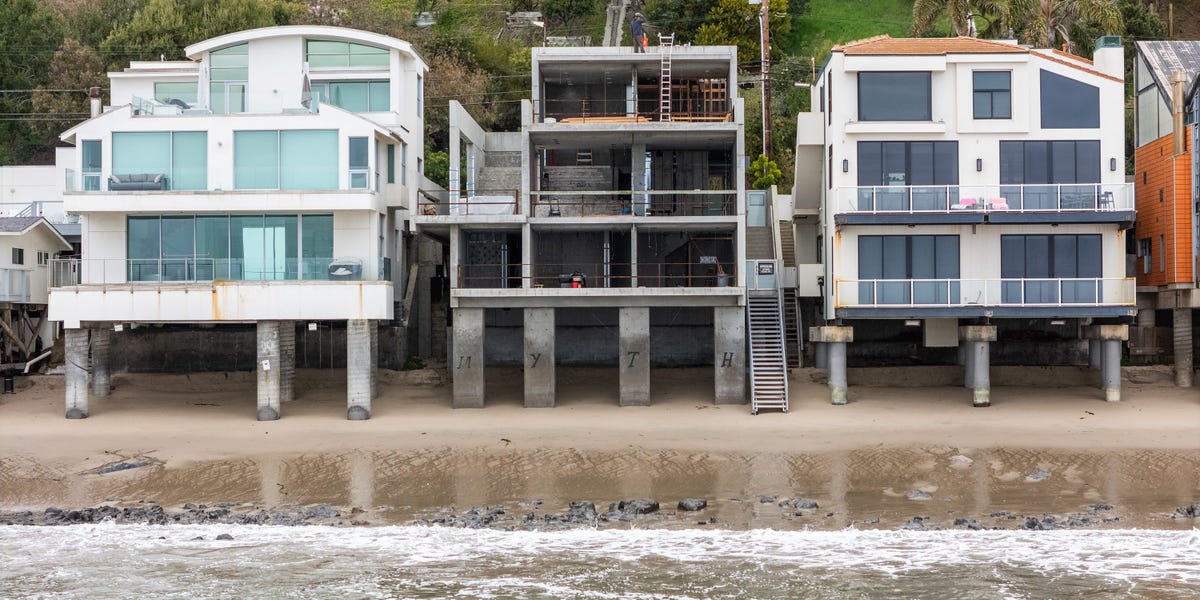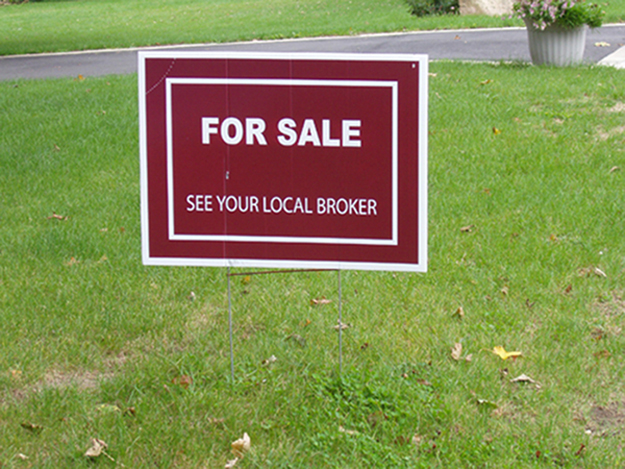N
orth Alabama, including the rapidly expanding Huntsville, experienced a modest dip in home values during the first half of 2025. Three of the four counties that comprise the Huntsville‑Decatur metro area saw price declines, and roughly 70 % of the cities within those counties followed suit. Zillow data show Huntsville’s median home price fell about 1 %—roughly $2,500 per house—in the early months of 2025.
Despite the short‑term slide, long‑term trends remain bullish. After the pandemic‑era boom that began in 2020, home values have largely stabilized. Realtor Matt Curtis, owner of a major regional firm, notes that median sales prices in Madison, Limestone, and Morgan counties are down 1–3 % year‑over‑year, reflecting a market cooling from pandemic highs rather than distress. “The softening is a return to normalcy after years of double‑digit growth,” he says.
During COVID, single‑family homes in the Huntsville metro peaked near $314,000. By September 2025, the average price was about $311,000—a slight decline that has held steady since summer 2022. Yet pockets of growth persist: Owens Cross Roads, Meridianville, Priceville, and Madison still saw price increases. Huntsville’s market remains far above pre‑COVID levels; homes that sold for under $200,000 in 2019 now fetch over $310,000.
Over the past five years, Madison County’s home values have risen dramatically, driven by population growth, rising incomes, and robust job creation. Huntsville continues to rank among the Southeast’s top housing markets, thanks to major employers such as Space Command, the FBI, Mazda‑Toyota, and biotech firms. The city’s annexations have expanded its land area, positioning it as one of the largest U.S. cities by landmass and enabling planned, affordable development that keeps the market accessible.
In September, the typical Alabama single‑family home was valued at roughly $230,000. Within Huntsville, nearly 60 % of neighborhoods experienced price declines, but the most expensive areas rebounded. Twickenham, one of the state’s priciest neighborhoods, saw values jump $125,000 to above $1.2 million. The $800,000‑plus segment grew 15 % this quarter, indicating that high‑income buyers remain active and that Huntsville continues to attract relocation and executive demand despite higher mortgage rates.
Statewide, the most expensive home markets were the only ones showing growth, a trend likely influenced by elevated interest rates that disproportionately affect lower‑price‑point buyers. Birmingham‑area realtor Jeff Newman notes that buyers of $800,000 homes have more flexibility, whereas first‑time or lower‑price buyers feel the impact of higher rates more acutely.
Curtis remains optimistic about Huntsville’s housing future. “Housing markets follow jobs, and Huntsville has both,” he says. With continued expansion and a growing workforce, the city’s real‑estate market is poised to stay strong for years to come.














